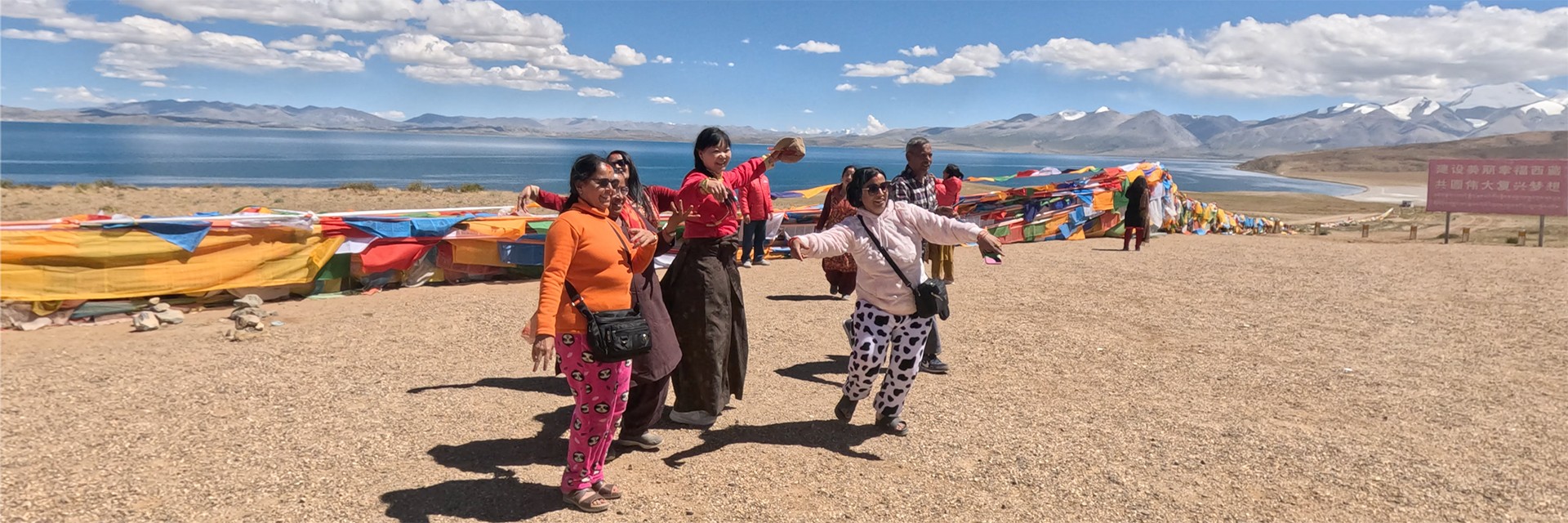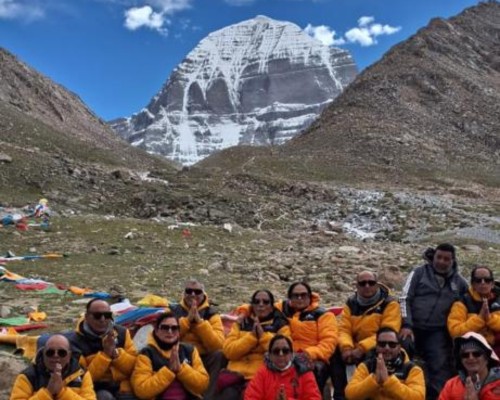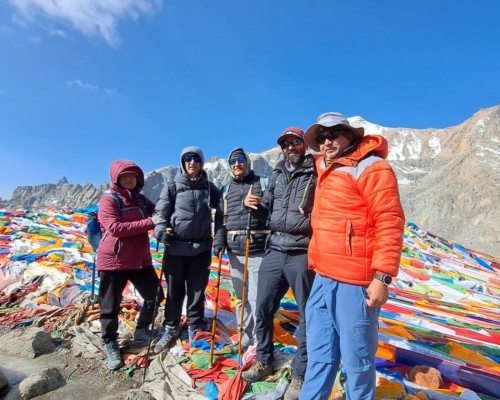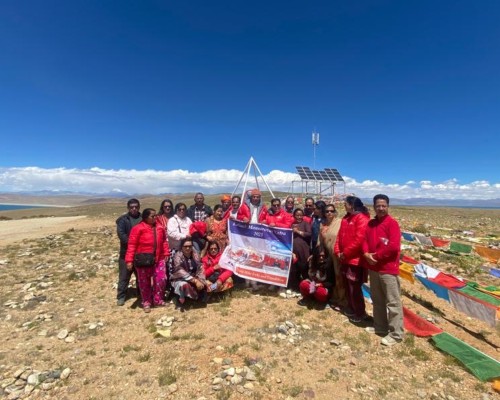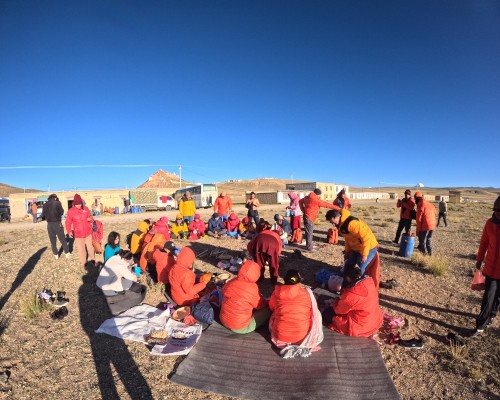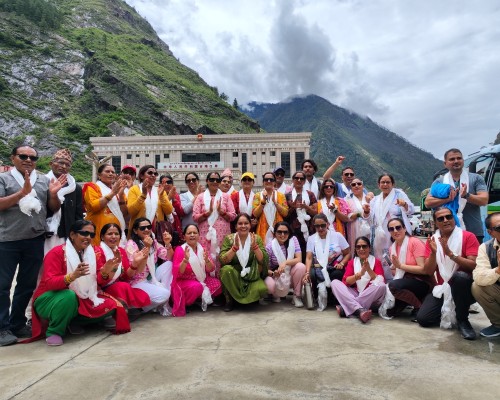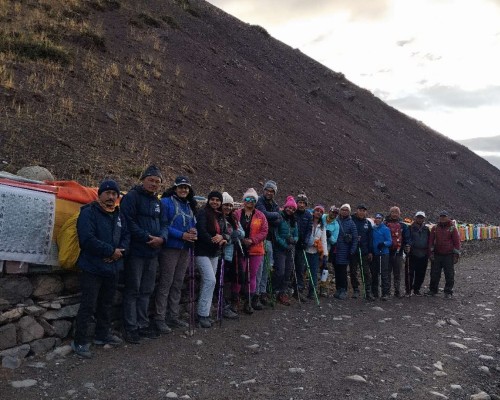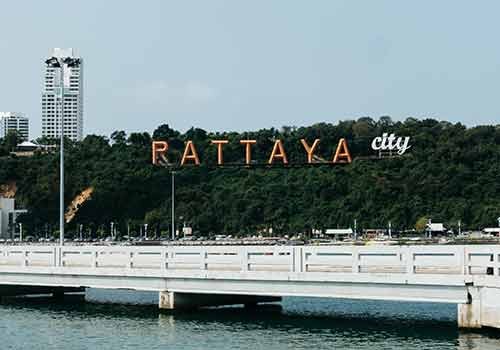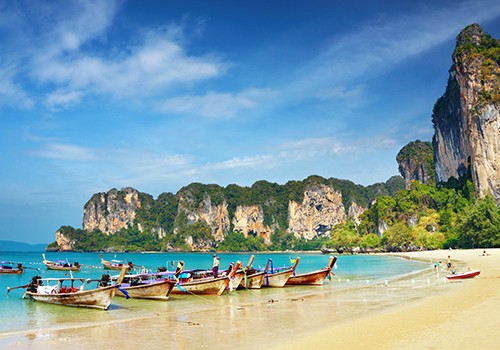Kailash Mansarovar Yatra is one of the most important spiritual journeys for Nepali pilgrims. It is a sacred pilgrimage to Mount Kailash and Lake Mansarovar, located in Tibet. Mount Kailash, standing at 6,638 meters, is considered the holy abode of Lord Shiva in Hinduism. For Buddhists, Jains, and Bon followers, it is also a sacred site. Lake Mansarovar, at an altitude of 4,590 meters, is believed to be the holiest lake, symbolizing purity and spiritual power.
For Nepali pilgrims, the Yatra is not just a journey but a chance to connect with their faith and experience peace and blessings. The trip involves traveling through beautiful landscapes, high mountain passes, and remote areas. Though it is a challenging journey, it is worth the effort for the spiritual rewards and natural beauty.
Significance of Kailash Mansarovar Yatra
For Hindus, Mount Kailash is the home of Lord Shiva and Goddess Parvati. It is believed that taking a "parikrama" (circumambulation) of the mountain brings blessings and removes sins. Lake Mansarovar is considered sacred because taking a dip in its waters is said to purify the soul and bring good karma.
Buddhists believe that Mount Kailash is a spiritual center and a place where Buddha once meditated. Jains consider it the place where their first Tirthankara, Rishabhadeva, attained liberation. For Bon followers, it is the center of their spiritual universe.
Journey Details
The Kailash Mansarovar Yatra for Nepali pilgrims starts in Kathmandu and goes through the Nepal-Tibet border at Rasuwagadhi. After crossing into Tibet, the journey continues to Lake Mansarovar and Mount Kailash.
The trip usually takes 10 days and includes driving, trekking, and acclimatization to adjust to the high altitude. Pilgrims will pass through towns like Syabrubesi, Kerung, Saga, and Darchen. The main highlights of the journey are visiting Lake Mansarovar and completing the Kailash Kora (circumambulation of Mount Kailash).
Challenges of the Yatra
The Yatra is not easy and requires physical fitness and mental preparation. The high altitude can cause altitude sickness, so proper acclimatization is necessary. The weather in the region is unpredictable, with cold temperatures and strong winds. Pilgrims must be prepared for long drives and challenging treks.
Why Nepali Pilgrims Should Go
For Nepali pilgrims, the Kailash Mansarovar Yatra is a chance to deepen their faith and experience the spiritual power of sacred sites. The journey also allows them to explore the natural beauty of the Himalayas and the Tibetan Plateau. It is a once-in-a-lifetime opportunity to connect with their culture and religion.

